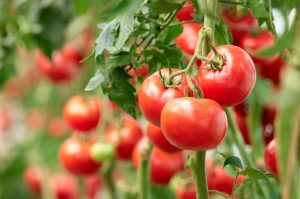
Among the rich variety of root crops, there are a small number of crops whose-usually hidden-underground life reveals its own secrets. Such is the daikon, which attracts attention with its white, towering root crops topped with a rosette of bluish leaves. Indeed, the daikon is an East Asian relative of the radish.
Daikon (Rhaphanus sativus ssp. acantiformis) is an annual or biennial herbaceous root plant that forms a rosette of large dissected bluish-green leaves, up to 50-60 cm (1.6-2 feet) long. White root of various shapes and lengths (from 10 to 60 cm/3.9-23.6 inches, but can exceed 250 cm/8.2 feet), immersed in the soil for half or 2/3.
Features of cultivation
The distance between the plants is 25 cm (9.8 inches), between the rows 40-45 cm (1.3-1.5 feet), the sowing depth is 1-2 cm (0.4-0.8 inches). Topsoil: fertile, loose, sufficiently aerated. The best predecessors: potatoes, tomatoes, cucumbers, sorrel, green crops, pumpkins, zucchini.
Nutritional value
They eat root vegetables, which, unlike radishes and radishes, do not have a sharp taste and smell (they are eaten fresh, boiled, salted, pickled), as well as young leaves (they are used for vitamin salads and soups).
Medicinal value
For medicinal purposes, root vegetables are used, which help to cleanse the liver, kidneys, dissolve stones, remove excess fluid from the body, having an antimicrobial effect.




Leave a Reply